Description
The Judgment Of Paris by Etienne Jeaurat printed on a T-Shirt
About the T-Shirt
Regular fit
Standard length, the fabric easily gives into movement
Casual wear
A classic, everyday option loved by our customers
Side-seamed
Constructed by sewing two parts together, creating a fitted look
The Unisex Staple T-Shirt feels soft and light with just the right amount of stretch. It’s comfortable and flattering for all. We can’t compliment this shirt enough–it’s one of our crowd favorites, and it’s sure to be your next favorite too!
- Solid colors are 100% Airlume combed and ring-spun cotton
- Ash color is 99% combed and ring-spun cotton, 1% polyester
- Heather colors are 52% combed and ring-spun cotton, 48% polyester
- Athletic and Black Heather are 90% combed and ring-spun cotton, 10% polyester
- Heather Prism colors are 99% combed and ring-spun cotton, 1% polyester
- Fabric weight: 4.2 oz./yd.² (142 g/m²)
- Pre-shrunk fabric
- 30 singles
- Side-seamed construction
- Tear-away label
- Shoulder-to-shoulder taping
- Blank product sourced from Nicaragua, Mexico, Honduras, or the US
Etienne Jeaurat (1699 – 1789)
Étienne Jeaurat was a French painter, above all remembered for his lively street scenes.
Born in Vermenton near Auxerre, Jeaurat became an orphan at an early age. His brother, the engraver Edme Jeaurat, entrusted him to Nicolas Vleughels, a friend of Antoine Watteau, who was appointed director of the Académie de France in Rome in 1724. Vleughels took Jeaurat to Rome for an extended stay, exerting considerable influence on his work.
After returning to Paris, Jearat became a member of the Royal Academy in 1733. In 1737, he first exhibited at the Salon des Artistes at the Louvre, then not a museum but a palace. He continued to exhibit his work on a regular basis there until 1789. At the Academy, Jeaurat was elevated to professor (1737) and chancellor (1781). He was the guardian of the king’s collection of paintings in Versailles from 1767.
He achieved considerable success with his historical and mythological works, his portraits and still lifes, often emulating the style of Chardin. But it was above all his genre paintings which attracted interest. In particular, his conversation pieces in the style of David Teniers the Younger ensured his popularity. He was in his time referred to as the ‘French Teniers’.
He was adept at painting lively scenes in the streets of Paris such as The girls of pleasure at Salpétrière driven through the Porte St-Bernard (1755) showing prostitutes being transported to the Salpétrière prison. He also painted a series of eight works depicting scenes from La Fontaine’s fables as well as religious works.

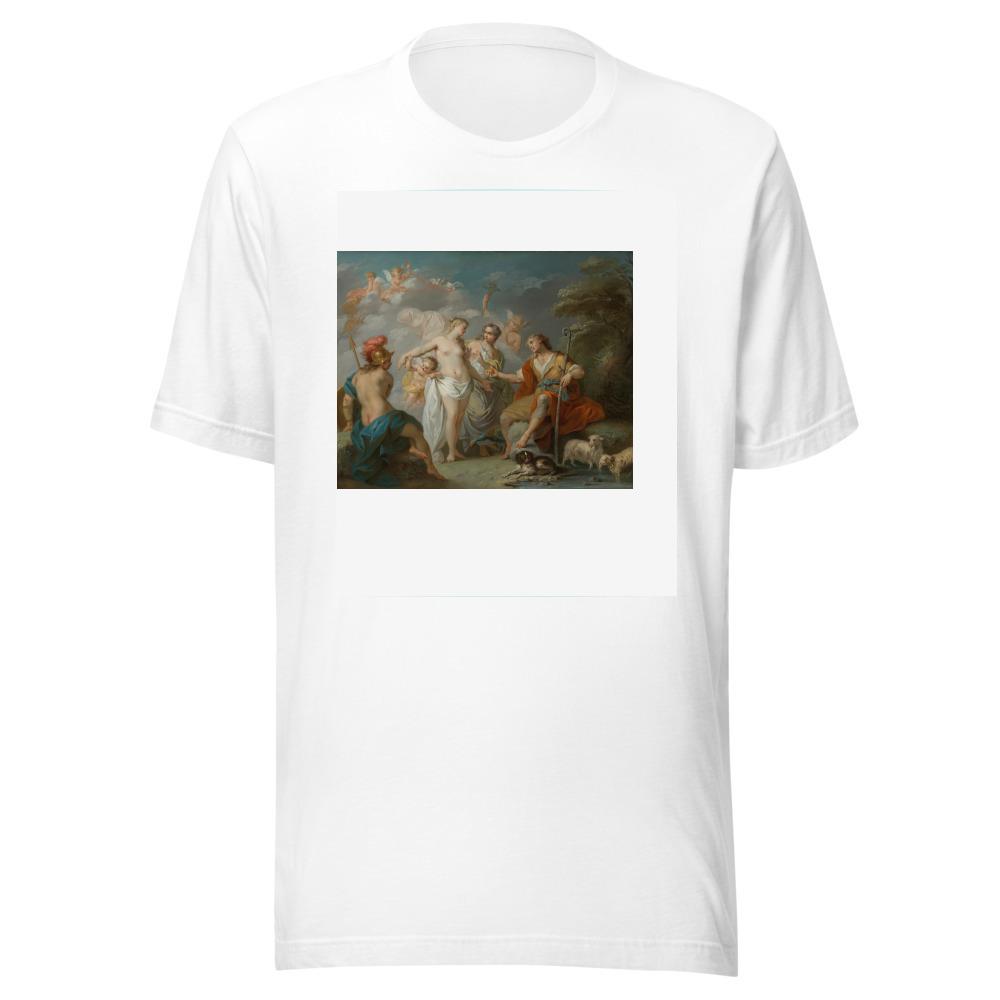
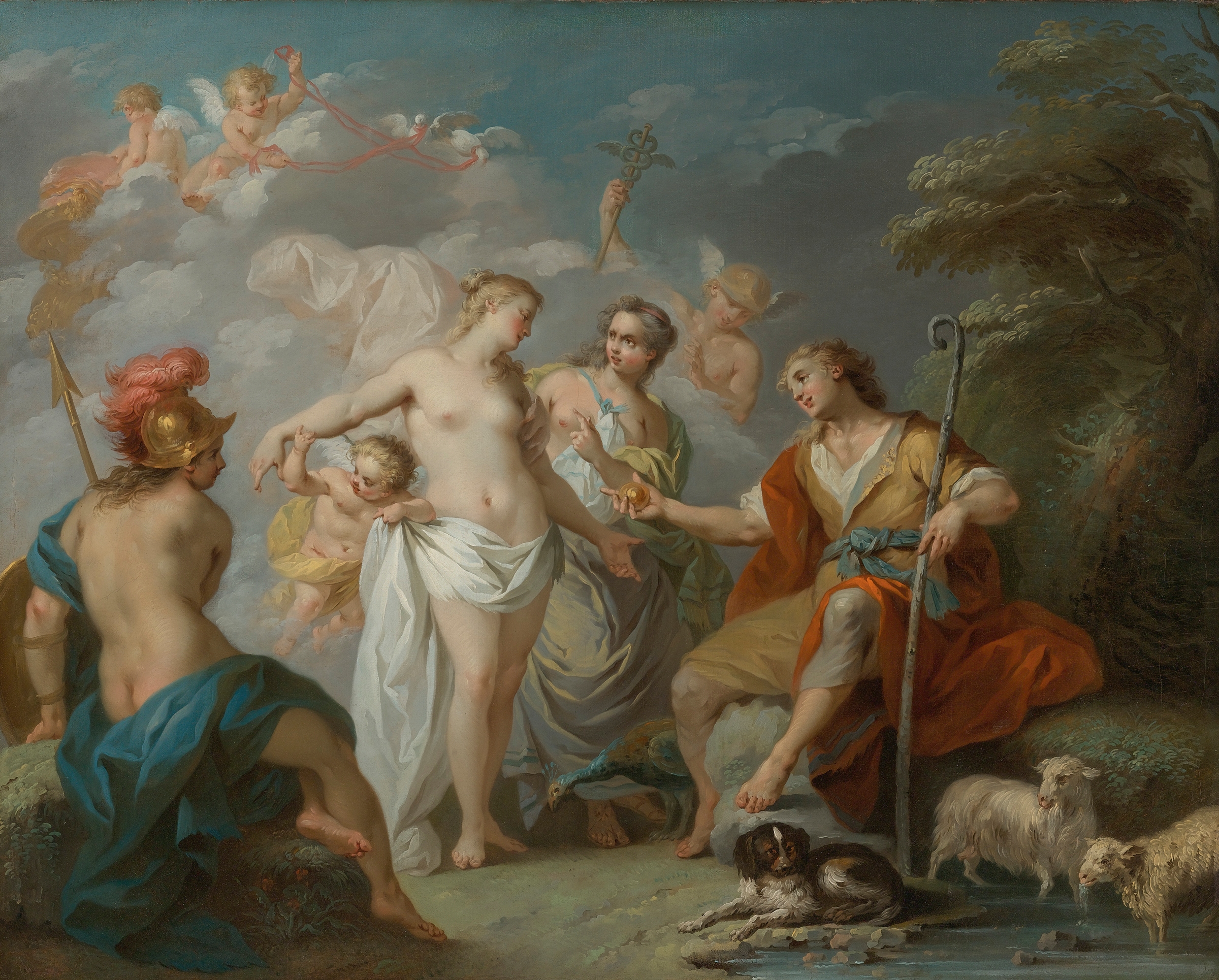
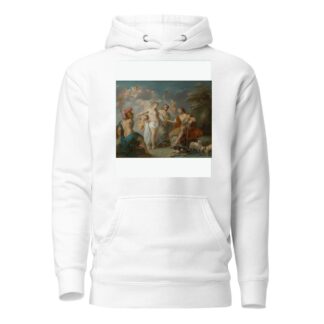
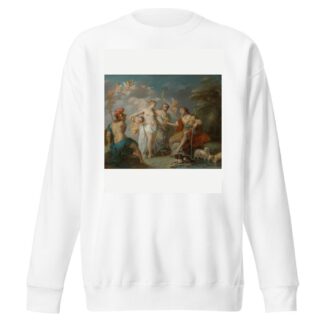
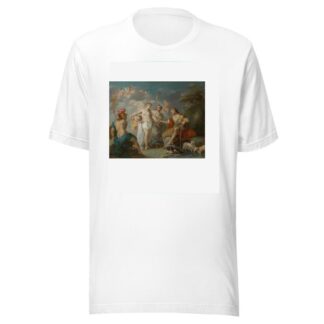
Reviews
There are no reviews yet.